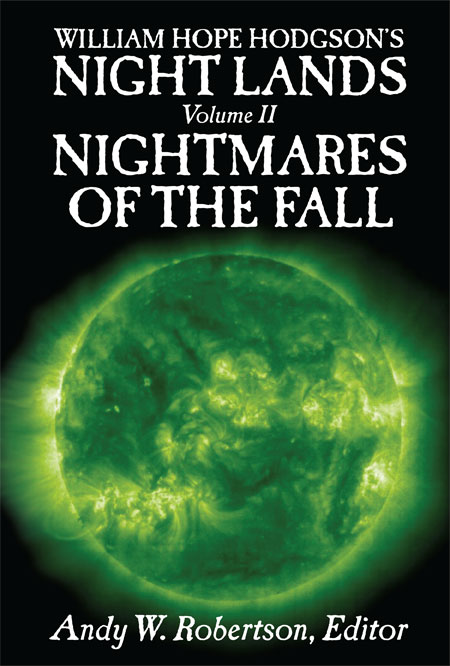

And although this dream imagery does not match precisely the nature of that later world, it hints at the world's strange mood and the wondrous creatures that emerge in it. We discover that in fact these two lovers live an additional life beyond this one, a life a million years in the future, in the days after the sun has expired. They forge a bond one evening upon relating to each other the similar dream imagery that the night evokes in them: Mirdath calls it "truly an elves-night," and the narrator "felt in my bones that it was a night to find the Giant's Tomb, or the Tree with the Great Painted Head" (p. The narrator and hero of the book lives in some chivalric, pre-modern society, where he falls in love with his beautiful cousin, Mirdath. Hodgson represents Time not as some stream that runs from the mountaintop to the sea, but as a faucet that continues to drip long after the valve twists shut. And what's more, there exists here neither Alpha nor Omega Time persists beyond all containment. And yet, in Hodgson's, The Night Land, we find this compilation somehow more erratic: the different stages of some sequential narrative do not cohere as one, but rather, seemingly unrelated moments in Time connect to one another, allowing a joint narrative to take place among them. As in the typological paintings of the Pre-Raphaelites, we find the far reaches of Time compiled, occurring simultaneously. Time, as William Hope Hodgson characterizes it, exhibits a certain self-inclination, whereby pasts and futures intersect one another.


 0 kommentar(er)
0 kommentar(er)
